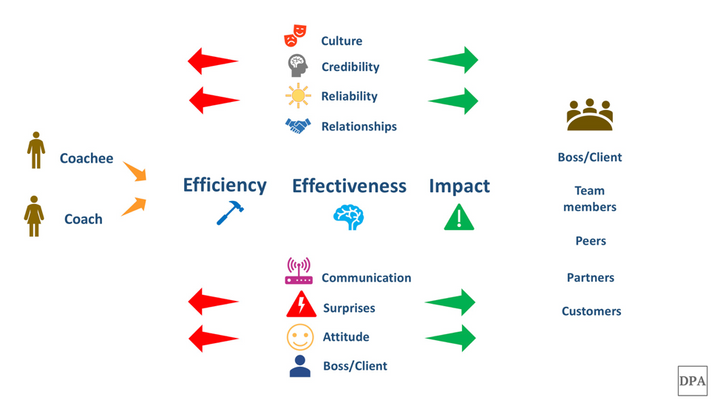Stop thinking, start moving, and zap the mental gridlock

My caption for this picture: Mind over mattress this week. Start something. Start anything. Move.
Starting and moving are not remedies for laziness. They are remedies for being stuck.
Too often, we wrestle with problems in our head in a few ways. First, we do not work on the real issue; we work on a symptom. Second, we believe we should be able to do it alone. That is our mind being helpfully unhelpful. Our Vanilla Ice ego screams: “If there was a problem, yo I’ll solve it.” (And, yes, I know this is a 28-year old cultural reference). As a result, we get stuck in an indecision loop, questioning our intellect, problem-solving skills, and resourcefulness.
There is value in shutting out all distractions and working through a problem ourselves. It can strengthen our perseverance, critical reasoning, and learning agility. However, we cross the limit when most of our thoughts turn against us, and we make it personal. Why am I not smart enough? Fast enough? Good enough? Creative enough? Agile enough? At that point, take a break and return to the issue later.
When that is not enough to break the gridlock, consider the following ideas:
1. Shift your environment. Adjust the lighting, change the music, open/close the blinds, move to another room, go to the library, sit outside. Simple venue adjustments often make a difference.
2. Be physically dynamic. Do something that physically pushes you a little or a lot. Jumping jacks in place. Walk with your notebook. Hit the parking lot for a stroll. March a mile up the street. Find a park with a bench. Go for a run. Move your body.
3. Be mentally dynamic. Ask different questions. What would you tell your child or partner to do with this problem? Remove all of the options on your list and create new ones. Practice zooming in and out on your issue. Zoom out to the forest if your focus on the leaves stops you from seeing the bigger context. Zoom in on the trees if your focus on the woods prevents you from defining the issue in solvable terms. Changing perspectives helps break invented boundaries and create new possibilities. What would an outsider do if they had your job? What if they did not come from your industry? Move your mind.
4. Don’t fixate on an answer. We are hardwired to confirm things we believe to be true and not to ask disconfirming questions to challenge those beliefs. Our confirmation bias gets in the way of making effective decisions. For example, many organizations measure employee and customer satisfaction and spend 90% of their time attempting to increase satisfaction in the top two boxes. Fewer companies devote time to what’s driving the bottom box — an important indicator of dissatisfaction.
5. Set, write, and share a goal. When I need to run and don’t have a race on the calendar, I am SIGNIFICANTLY more likely to put it off. When I have a half marathon in the next three months, I will run 99% of the time, knowing that the weekly miles are the only way I make it to race day with a chance to enjoy an injury-free event. As a bonus, I have never finished a run sorry that I chose it over the couch. A written goal, especially shared with others, gets us moving. Momentum is close behind.
By the way, these ideas work as well for a team as they do for each of us. But if your walkabout ends at a Philz Coffee, team leader buys.
Takeaway: We all get stuck. When we notice our inner voice turn against us, it is a signal to move our minds and bodies. Each movement has the power to help us change our focus, zap mental gridlock, and get unstuck.


